Polaroid makes two main types of film in 4 formats. The most common is the 600 film, which has an ISO sensitivity of 640, and is available in 600, i-Type, and Go Type. The next most common is the SX-70, which is still produced solely for the best, and most popular Polaroid SX-70 camera.
If you’re an SX-70 shooter, you’ve probably considered purchasing or modding the camera to use the 600 film, since it’s available more often, and the extra sensitivity goes a long way towards creating sharper images — especially in low light.
But in terms of sharpness and image quality, is there a big difference between the ISO 100 Polaroid SX-70 film and Polaroid 600? Here’s what I found after doing a side-by-side comparison with two SX-70 cameras, one an unmodded Sonar version, and the other a MiNT SLR 670-X.
Both Polaroid SX-70 and 600 film types have the same size, and overall sharpness after accounting for motion blur. The only major difference between the two film types is that the faster 600 film has better dynamic range, and is more prone to green casts in shadows than SX-70.
It’s safe to say I was very surprised by this result. When looking at the Polaroids after they’d developed, there were a number of cases where I couldn’t tell the differences between the photos. I actually had to match them up using the serial numbers on the film packs to know which one was which.
Here is what I found.
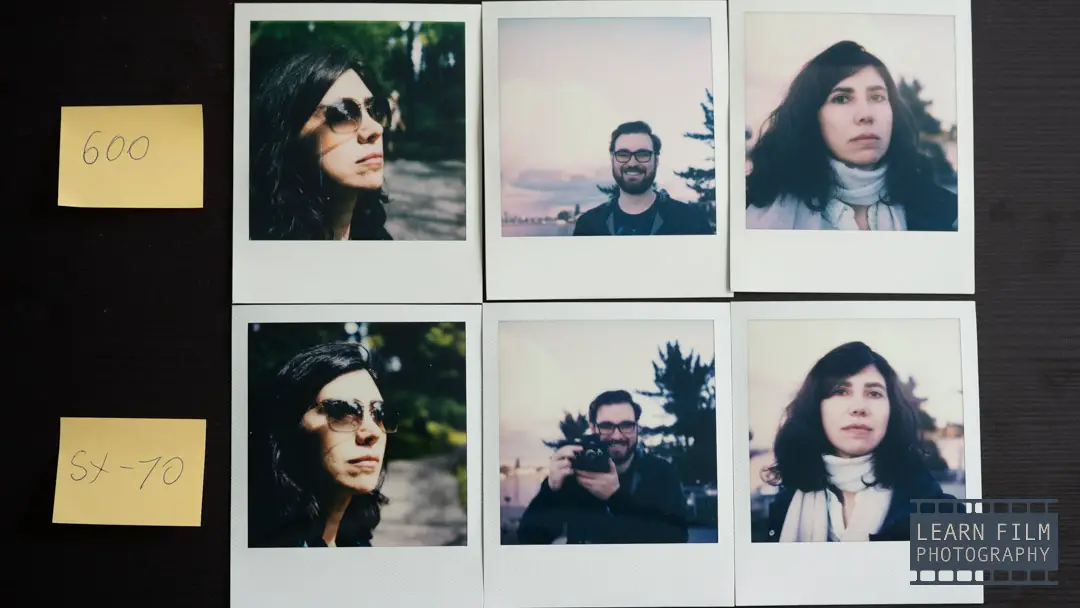
Is SX-70 film sharper than Polaroid 600?
I took these photos using two SX-70 cameras, which are one of the only instant cameras with super-sharp, all-glass lenses in an SLR-type body. Check out my review of the SX-70 to learn why I think this is the best instant camera ever made.
One of the cameras was modded by MiNT to use 600 film, and the other is a late model Sonar version. I manually focused with both cameras, and tried to keep the images as similar as possible without a tripod. What I found after the images developed was truly surprising.
So long as there’s enough light, there is no perceptible difference in sharpness between these two film stocks. Despite being 2.5x faster, the Polaroid 600 film was equally as sharp as the SX-70 images in every respect.
Now, to be fair, neither one of these films can hold a candle to digital, or even 35mm film cameras. But I expected that the SX-70 film would be significantly sharper since it should have a much smaller grain structure similar to standard film.
My theory for this is that Polaroid puts most of their R&D budget into the 600 film technology since this is by far their best-selling film stock. 600 film is used in i-Type as well as the Go camera formats and is the only film used in any of the new cameras Polaroid is making. Producing SX-70, on the other hand, is more of an homage to the beginnings of instant photography than the future of Polaroid.
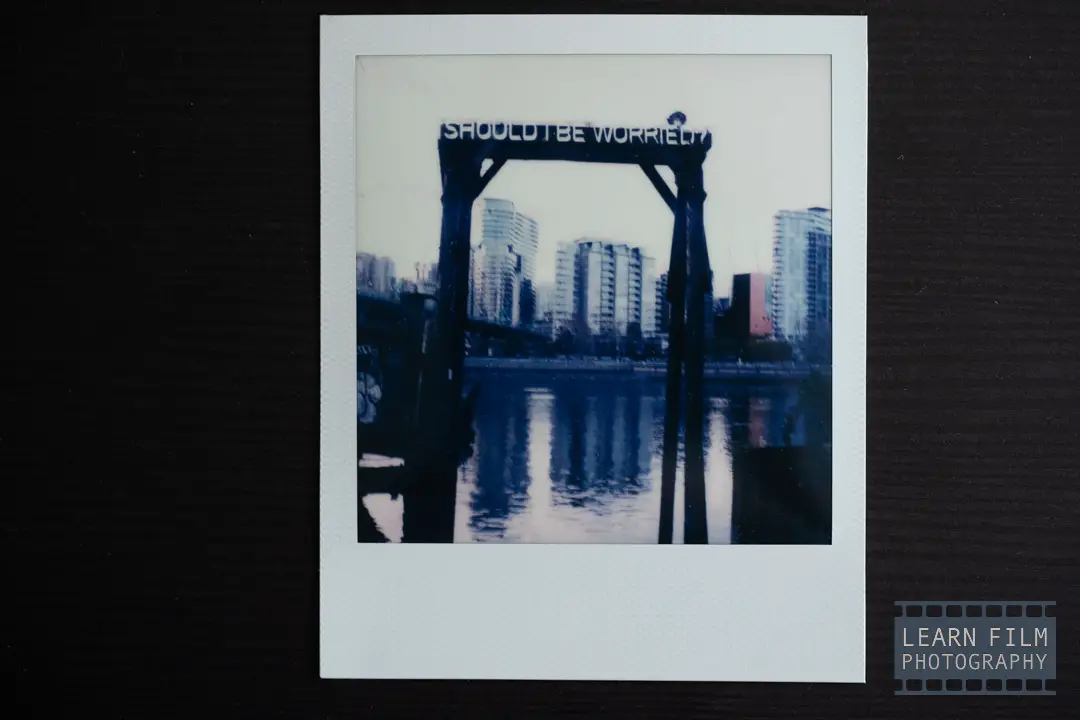

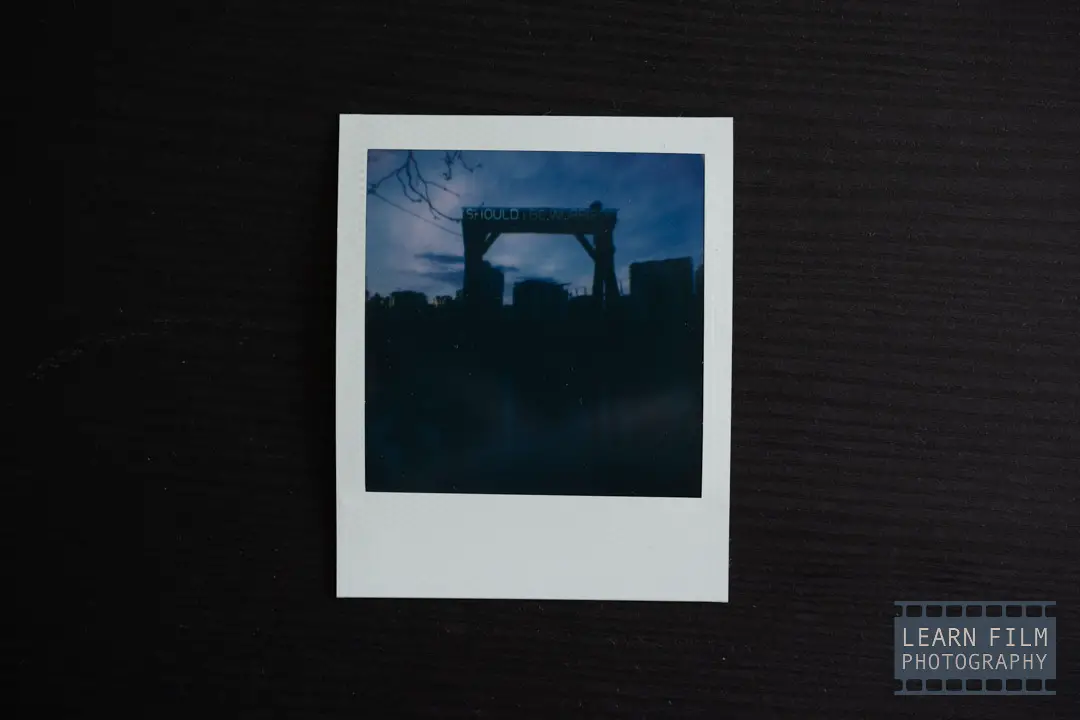
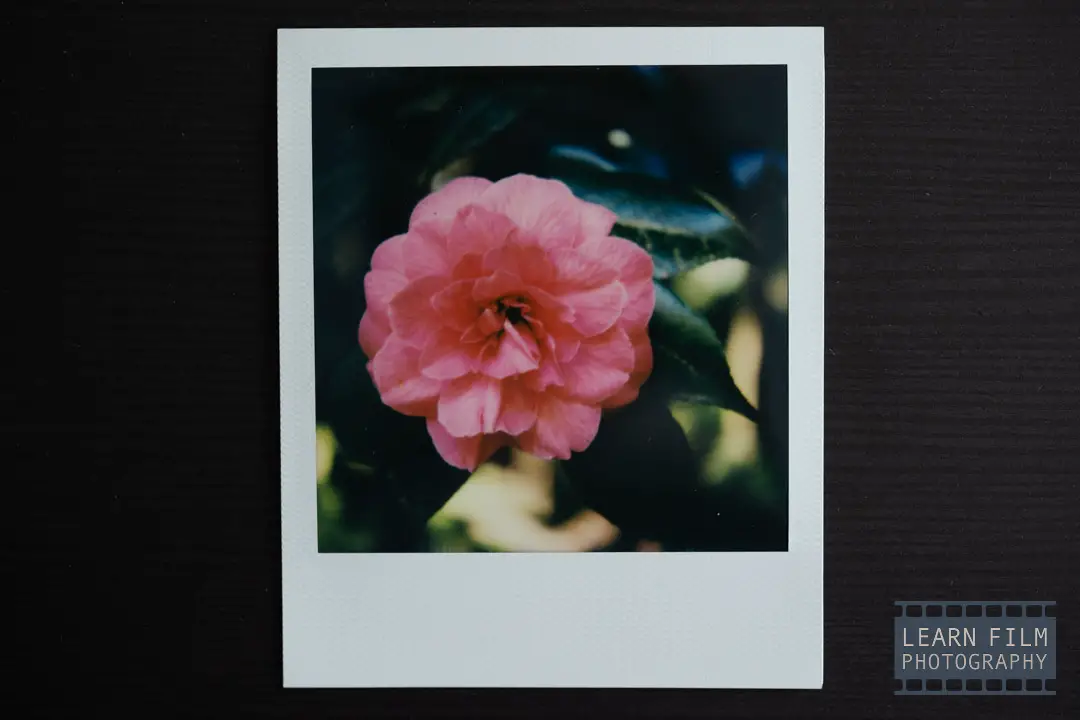
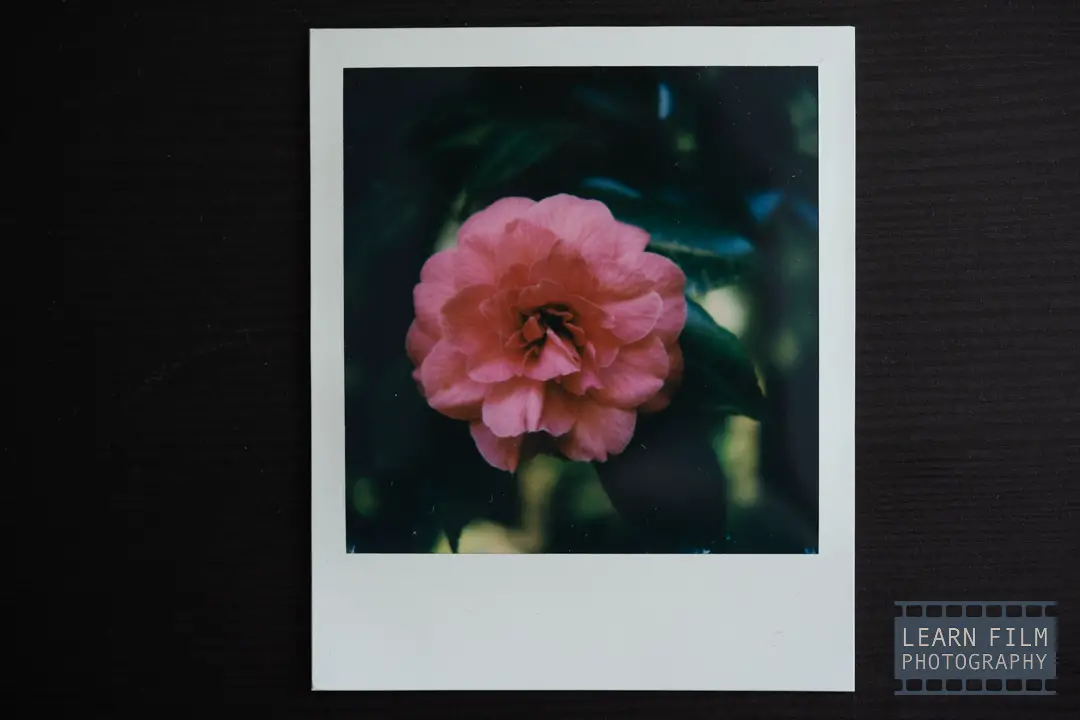
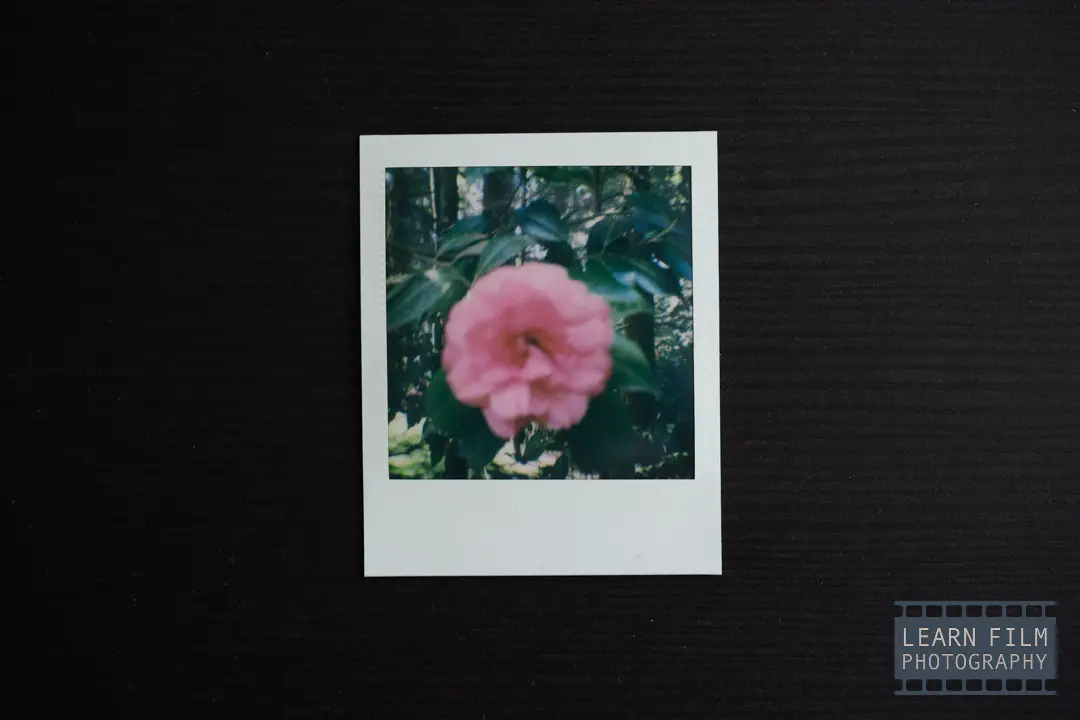
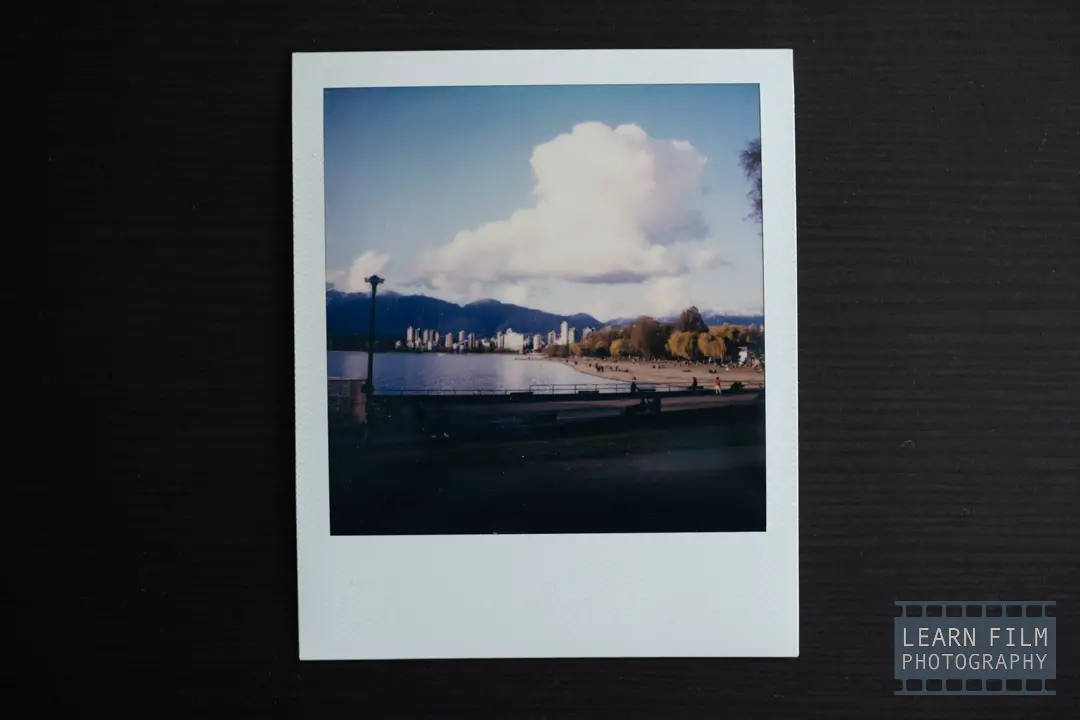

Which Instant film has better color reproduction?
Another significant point of interest is which film has the best color rendition. And here, the SX-70 wins.
In reality, both films produce very similar-looking images and have that classic warm glow in the sky and on skin tones. The difference between them is mostly in the shadows. SX-70 film has beautifully neutral shadows, while the 600 film tends to go green.
Green shadows aren’t always a problem, but in this case, it’s a matter of personal taste. There’s no ability to edit these images in post — you get what you get. But for the other benefits of 600 film, I think it’s possible to give it a pass for the greener shadows.
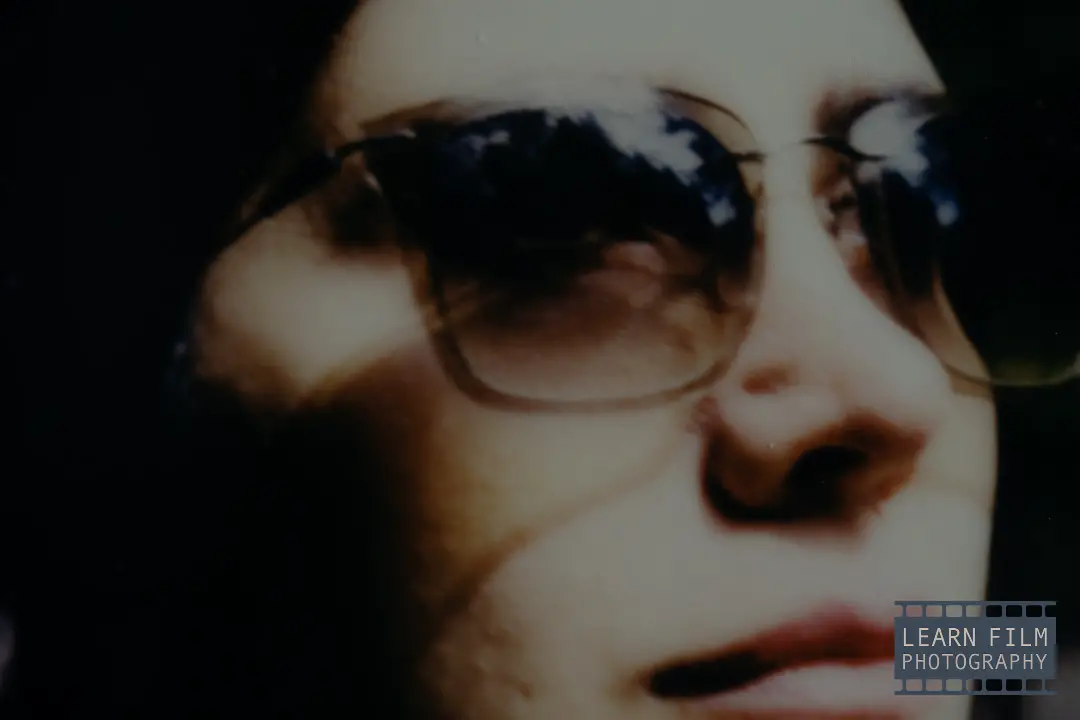
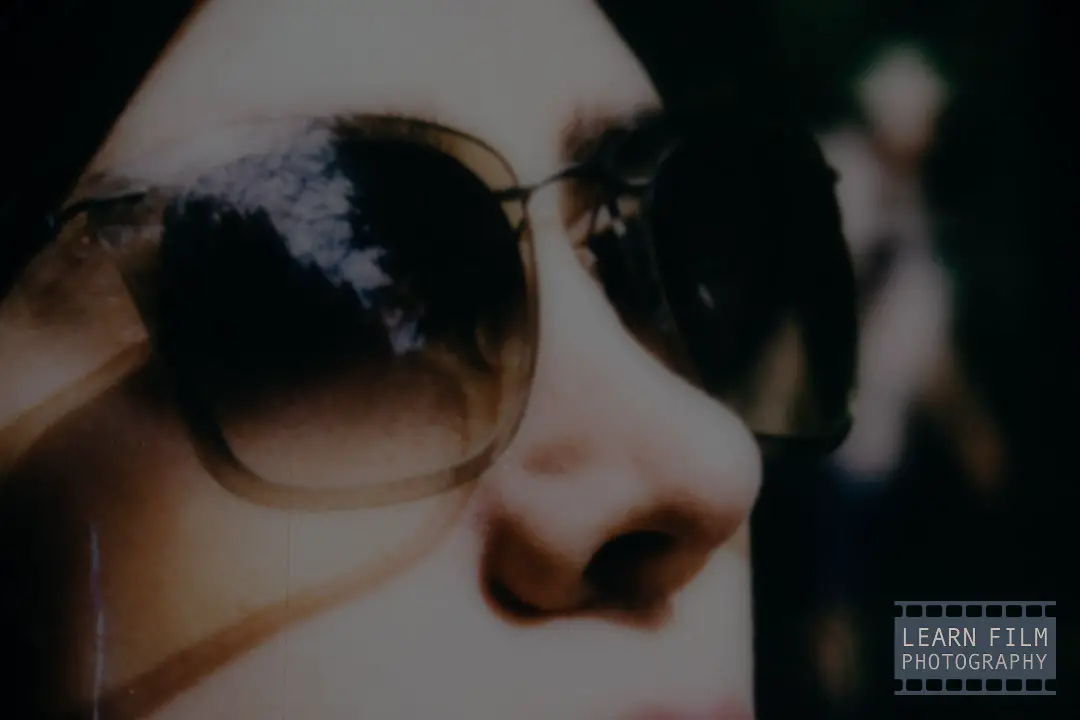
Polaroid SX-70 versus 600 film dynamic range
Dynamic range is the place where Polaroid film struggles the most. Dynamic range is the amount of detail that a photographic medium captures in the highlights and shadows. Humans can see about 21 stops of dynamic range, top-end digital cameras capture about 16, negative film around 8-12, but Polaroid film only captures 5 or 6.
As a general rule, the higher the ISO, the lower the amount of dynamic range you’ll be able to capture (including on digital cameras), so these results were another surprise for me.
The Polaroid 600 film captures more dynamic range than SX-70 film, despite being 2.5x stops higher ISO. You can really see it in the hair and in the areas where the shadows fall off on the model’s image above. Polaroid 600 film has a much smoother transition and does capture more shadow detail than SX-70 film is capable of.
This just goes to show that as far as Polaroid has come with the instant film, there’s still a long way to go before we’ve reached the peak results this medium is capable of.
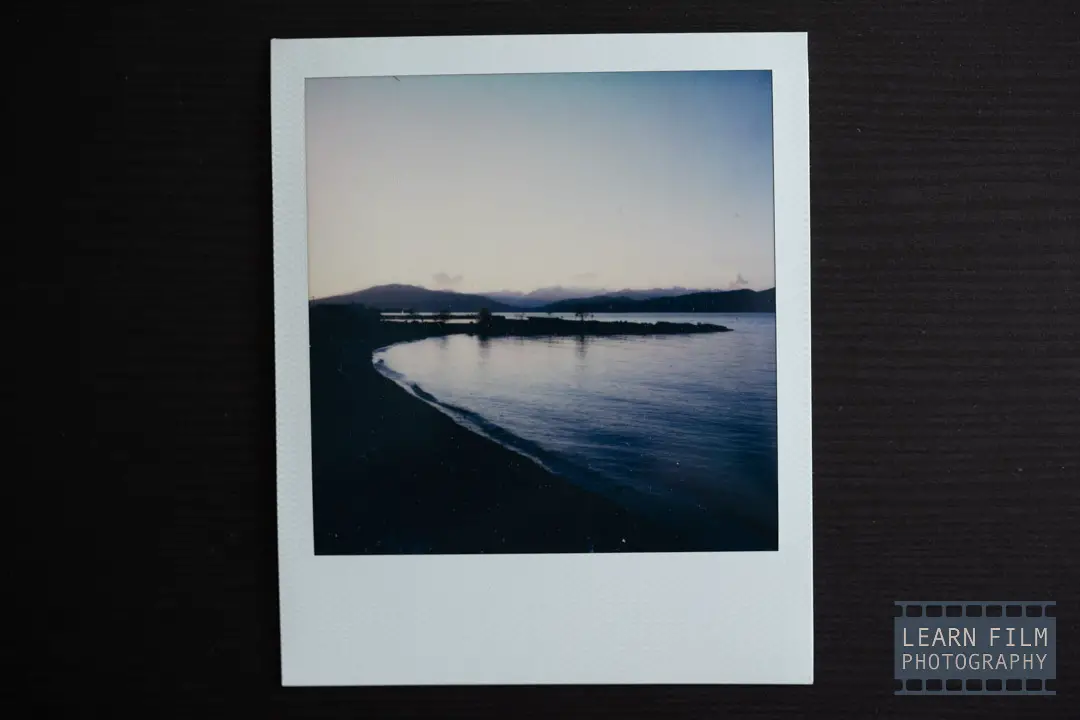
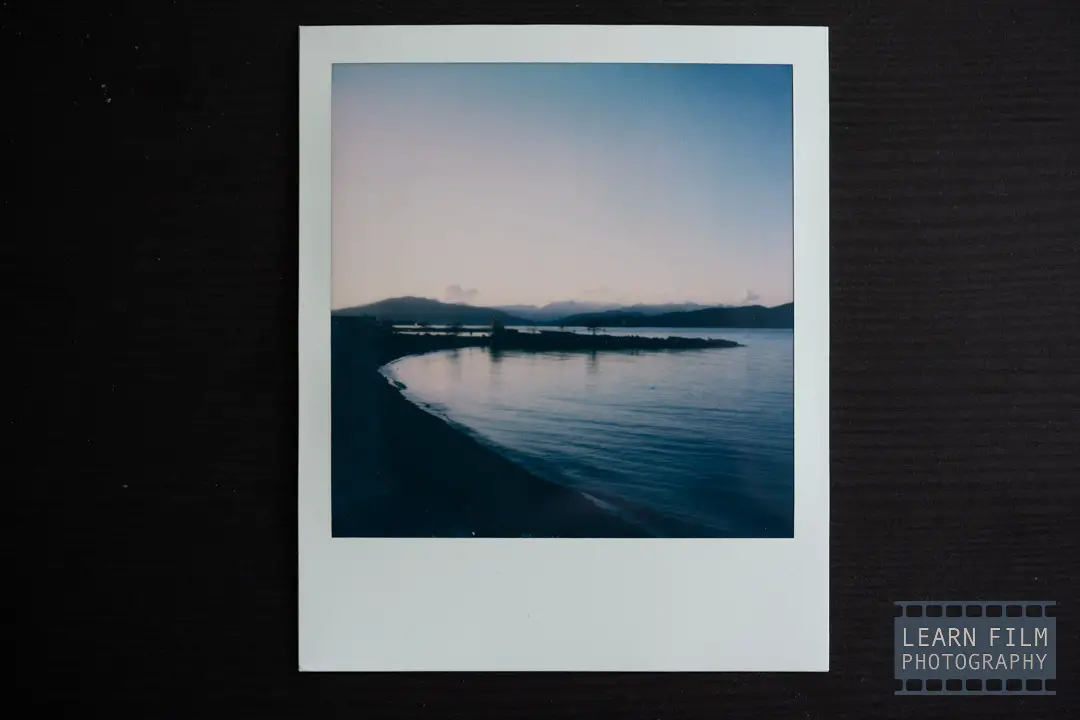
Which film has a better shooting experience?
If you own an unmodified SX-70 camera, you know the dreaded pain of pressing the shutter button only to feel the exposure drag on far too long to create a sharp image. It’s my biggest nightmare as a photographer who makes some income shooting Polaroids because it means that I’ve just wasted about $4-$5, and am going to have a disappointing image to show the client.
That feeling is mostly avoided with 600 film. Even at sunrise and sunset, there’s usually enough light to create a sharp image (by Polaroid standards) handheld.
The portraits above were taken at sunset. There wasn’t a crazy amount of light, but the 600 images came out well exposed while the SX-70 images were a little blurry from camera shake. The same thing happens all the time in forests, or inside anywhere that has a roof. I typically avoid using SX-70 film for professional events for this reason, because the experience of using 600 is just so much better. And it’s almost always available, whereas SX-70 tends to be harder to find.
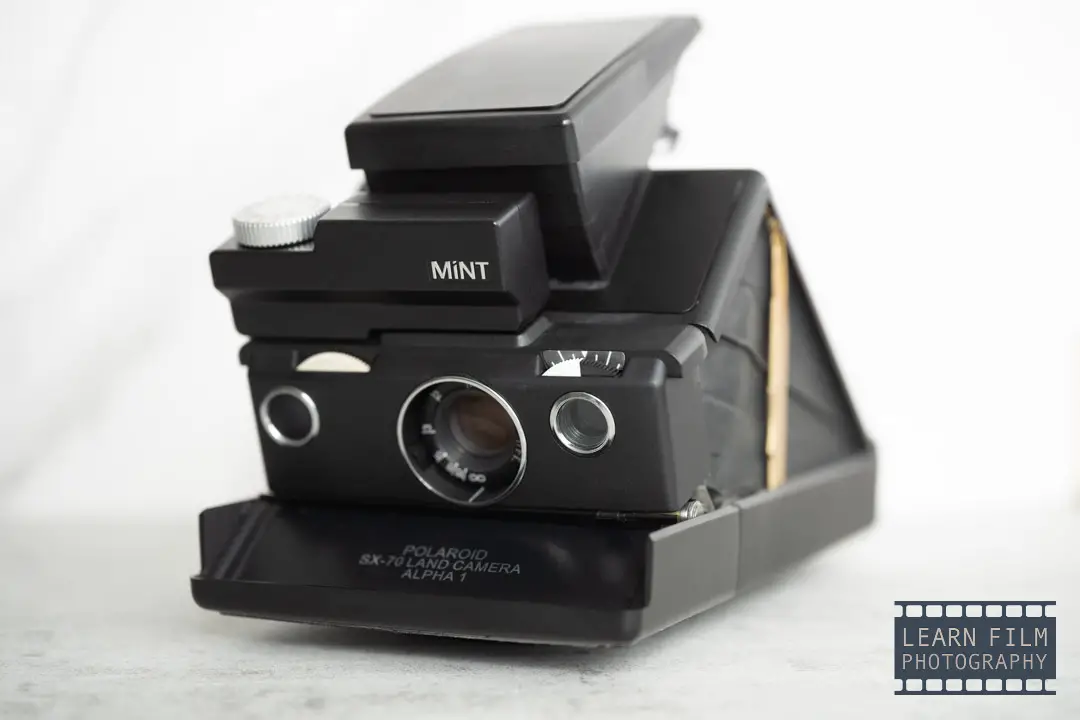
Is it worth purchasing or modifyng an SX-70 camera to use 600 film?
Without a shadow of a doubt, yes. After using Polaroid 600 film in an SX-70 camera, I firmly believe the experience of shooting 600 film is worth the cost.
The only benefits to using SX-70 film that I have found is in the colors, which tended to be warmer and didn’t have a green cast in the shadows, and for shooting in the middle of the day. Since the maximum shutter speed of the SX-70 is only 1/2000 at f/8, it tends to overexpose images at high noon on a cloudless day, where regular SX-70 film wouldn’t — but that’s not the time when most photographers want to be taking photos anyways. Otherwise, 600 film has more dynamic range, can operate in a wider range of lighting, and is equally as sharp as the SX-70 film.
Polaroid is also going to continue spending more money developing the 600 film formula than they will on SX-70 film. 600 film is used by every new Polaroid camera on the market, and is the target film for most of the aftermarket manufacturers, like MiNT for a reason.
If you’re interested in modding your camera to shoot 600 film, I made a short, detailed list of every possible technique (and their benefits and drawbacks) for shooting Polaroid 600 film in an SX-70 camera here.
Thanks so much for reading! Are you thinking of modding your SX-70? Let me know how you plan to do it in the comments below! You can also find me on Instagram and in the Official Learn Film Photography Facebook group, where I am always available to answer your questions.

Dear Daren
One question.
How to approximate the shutter speed on a converted Polaroid SX 70 to 600?
Thank you very much.
Akaki
Hello Akaki Ramishvili,
I’ve been using the MiNT SLR 670 camera, which allows me to control the shutter speed on the camera. Then using the Light Meter App by WBPhoto I’m able to get a perfect exposure for my image. You can use this light meter app to get a sense of the shutter speed your camera will use. But just note that you will not know exactly what your camera is getting the reading off of.
I hope that helps!
Daren